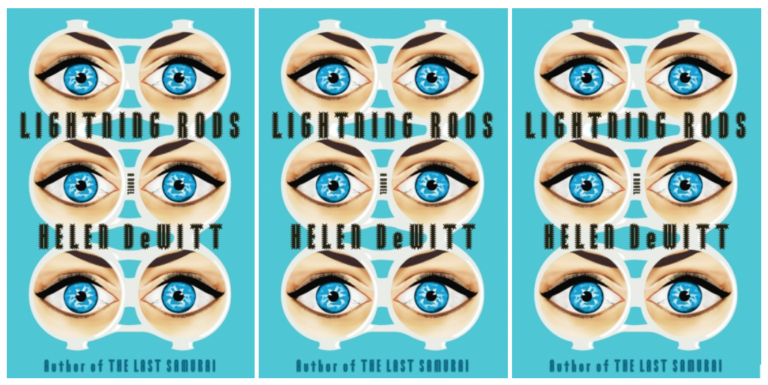“Release the Kraken”: Reading Etiquette, Part I
Not too long ago, I caught a bit of the original Clash of the Titans on TV. It has always been one of my favorite movies: Harry Hamlin’s hair cut, the impressive stop-motion animation, and of course, Zeus commanding Poseidon to “release the Kraken.” The sight of the sea monster awkwardly palming those alcove rocks made me want to write an entire blog entry about stop-motion animation. But since I don’t know anything about it, I decided to write about something I do know about: literary readings. In this case, there was a reading I recently attended that was so egregious, neither the shepherd’s hook nor a gong was enough. It would have taken the Kraken himself to remedy this literary mess.
See, I don’t walk out in the middle of readings, no matter how mediocre. I respect the art too much. I respect the efforts of writers too much. As a result, I’ve been stuck at many a snoozer and probably an equal number of readings that were studies in public self-congratulation. I’ve also seen writers turn the whole thing upside down, literally reinventing themselves before the audience. I’ve seen writers drop the façades and just bring it in a way that is only possible in the performative realm.
The night I wished I had a Kraken button, the featured writer didn’t even acknowledge the audience. This writer simply raised up, looked around dismissively and began reading. Even worse: the writer read toward the sky the entire time as if it was the only thing grand enough to comprehend the words. As writer and editor Michael Nye noted in his excellent post about readings last week, acknowledgement of the audience is one of the most basic things a writer should do. Many readings are bland affairs: not offensive, not engaging, but reasonable enough. But sometimes, through a combination of ingenuity, surprise, and duende, readings can also transcend our understanding and expectations of language. But successful readings usually involve the reader engaging with the audience in some kind of honest way.
This might be a leap, but the inconsistence is, in part, due to the fact that literary readings are rarely competitive. The readers aren’t always held accountable by the audience in the tradition of some poetry slams or spoken word events. I was vigorously booed at a reading once, but how often does that kind of direct response happen?
Back when I attended the Cave Canem summer retreats, I witnessed some of the most amazing readings I’ve ever been a part of. The readings went on for three hours at a time, with poets only presenting two poems each, then moving out of the way to give someone else an opportunity. Age was of no consequence. Subject matter was irrelevant. Everyone was in beast mode, but respectful of the page and of the audience. Of course, the CC readings are different because the readers and the audience are the same people fulfilling different roles at different moments.
Even if I exempt all of the head-knocking readers in Cave Canem, there is a proliferation of engaged, intense versifiers out there. Recent St. Louis visitors Gaby Calvocoressi, Antonya Nelson, Naomi Shihab Nye, and Oliver de la Paz all approached the presentation of their work with a kind of consideration for the audience that shows both respect to the craft and also a refreshing sense of professionalism. These writers seem to genuinely appreciate the attention their work gets. Rather than basking in the reverence of the self like the writer who needed to meet the Kraken, these wordsmiths understand that audience isn’t a given.
So maybe the first step is a kind of reciprocal respect between the reader and the audience. If we start there, the worst that could happen would be an unadorned, yet considerate reading. And that’s not such a bad thing as far as I’m concerned.
Next Friday, I’ll make some etiquette suggestions for readers that build on this idea of respect. The suggestions stem from my familiarity as someone who as facilitated readings in the academic sphere and from my experience as Co-Director of the River Styx at Duff’s Reading Series. As an added bonus, I invited reading etiquette suggestions from people on Facebook and have included their imaginative and often funny observations about reading manners in the post.
This is Adrian’s seventh post for Get Behind the Plough.
Image: Hercules rescuing Hesione from a sea-monster. Engraving. (Wellcome Collection)


